The province of Krabi in Thailand is full of breathtaking natural wonders: towering limestone karst formations jutting upwards towards the sky, mysterious cave networks full of stalactites and stalagmites, spectacular secluded beaches, verdant tropical rainforests, and many more.
With 147 national parks to explore, it’s a veritable haven for nature lovers and outdoorspeople. Below, we list down some of our personal favourites among these parks.
Hat Noppharat Thara-Mu Ko Phi Phi National Park

The resort town of Ao Nang and the Phi Phi islands are popular stops for many a Krabi tour package. Did you know that these places are actually part of a marine national park? It’s called the Hat Noppharat Thara-Mu Ko Phi Phi National Park, and it covers 387.9 square kilometres of both coastal areas and heavily forested land within the Ao Nang, Sai Thai, and Pak Nam sub-districts. Popular beaches such as Railay, Ton Sai, and Noppharat Thara are part of this park.
Here, visitors can go for a number of water-related activities such as swimming, snorkeling, and island-hopping, as well as climbing the limestone rock faces this area is particularly famous for. 40% of the park is made up of dense tropical rainforests and mangrove forests that are a joy to hike through and explore.
With no less than 19 certified scuba diving and snorkeling spots, it’s also a fantastic place to have some underwater adventures.
Khao Phanom Bencha National Park

This national park is one of the most popular places in Krabi for jungle trekking, covering an area of 50 square kilometres within the Krabi Town, Khao Phanom, and Ao Luek districts that consists primarily of unspoiled virgin rainforest.
Though one of the smaller national parks in the province, there are several attractions that can be found within its borders, notably the stunning eleven-tier, five-cascade Huai To waterfalls and the enigmatic Khao Phueng cave system.
The entire park can be explored using two circular trails that both start and end at the visitor center.
It is possible to go swimming in some of the waterfall pools, and cave exploration is available with a guide that can be hired for a small fee.
Guests can pitch rented tents at designated campgrounds, or reserve a bungalow to stay in.
One of the main draws of this national park is its rare wildlife population: it is possible to spot clouded leopards, Sumatran serows, black bears and mouse deer here.
It is also popular among birdwatchers and avian enthusiasts for being home to over 200 bird species, including the endangered and rarely sighted Gurney’s pitta.
Than Bok Khorani National Park

This park is for nature lovers who prefer a more easygoing experience. Located in the Ao Luek district, this eco-tourism destination covers 100 square kilometres and offers plenty of opportunities for comfortable exploration.
Its main draw is the waterfall that it happens to be named after, the Than Bok Khorani waterfall.
What it lacks in height it makes up for in sheer serenity: locals believe that its deep emerald pools possess healing properties, but the tranquil surroundings alone make for a healing experience unlike any other.
For a small fee, guests can rent a boat or a kayak to explore sea caves or drift peacefully along the mangrove forests located here.
It also has a little something for history or archaeology buffs: the prehistoric cave paintings located at Phi Hua To have survived for millions of years and are a real sight to behold.
Khao Sok National Park

While not strictly located in Krabi Province, Khao Sok National Park is still close enough and accessible enough that it is often included in these lists.
It covers an area of 739 square kilometres and often tops Best of Krabi lists for the diversity of its attractions and activities.
The lay of the land includes thickly forested areas, gorgeous waterfalls, imposing limestone cliffs, and the 165-square-kilometre Cheow Lan Lake.
This is a park that will take visitors days to experience fully: there’s trekking through the forest, of course, best done with a local guide who can point out the area’s diverse flora and fauna.
There’s canoeing, kayaking, and bamboo rafting at the lake, as well as boat tours to view the karst formations. There’s interacting with live elephants, birdwatching, glamping, and more—much more.
We recommend visiting the Khao Sok National Park’s official website for ideas and sample itineraries.
Entrance fees to these National Parks vary, but the price is usually between 100 to 400 Thai baht. You may also be charged for access to attractions such as the Huay To waterfalls.
As these national parks are designated nature reserves, conservation of the environment is a major priority.
Please do not litter, never cut down wood for a fire (use dead branches instead!), and never attempt to chase or catch any wildlife you may come to spot.
As with visiting any other beautiful place, guests are strongly encouraged to only take photos and leave nothing behind except for their footprints.



















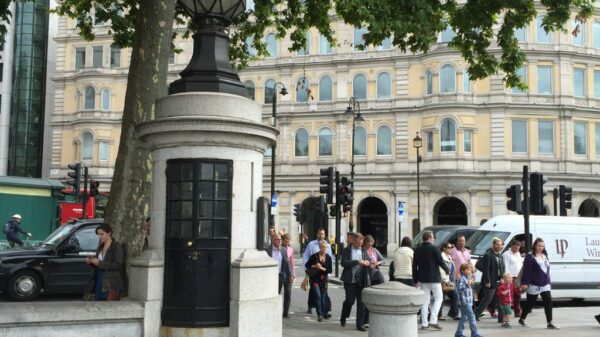
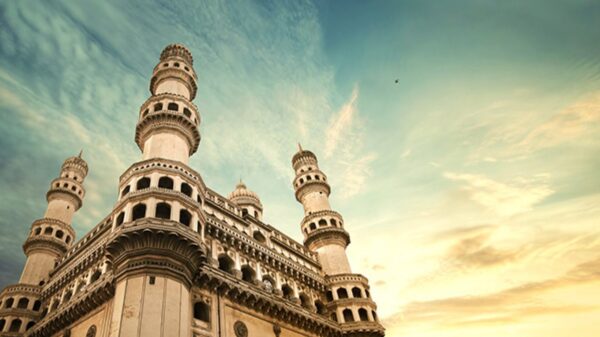
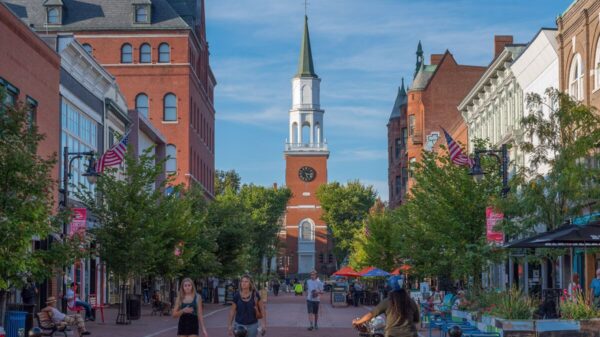



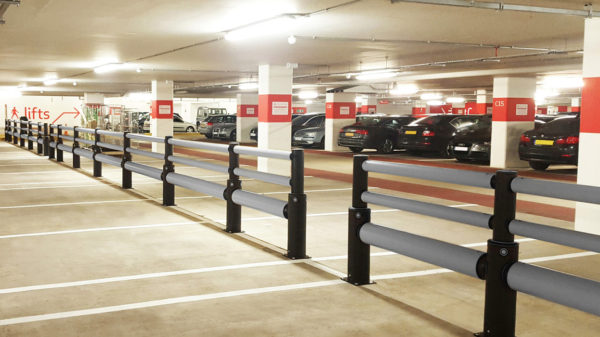
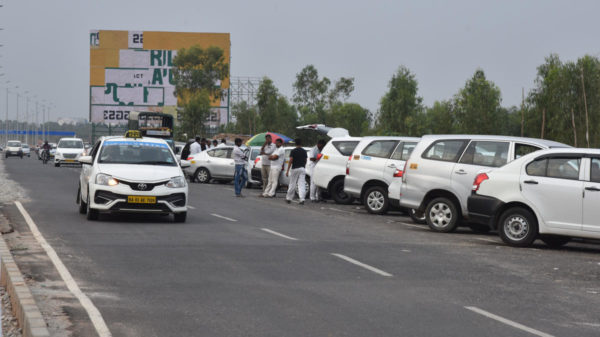


































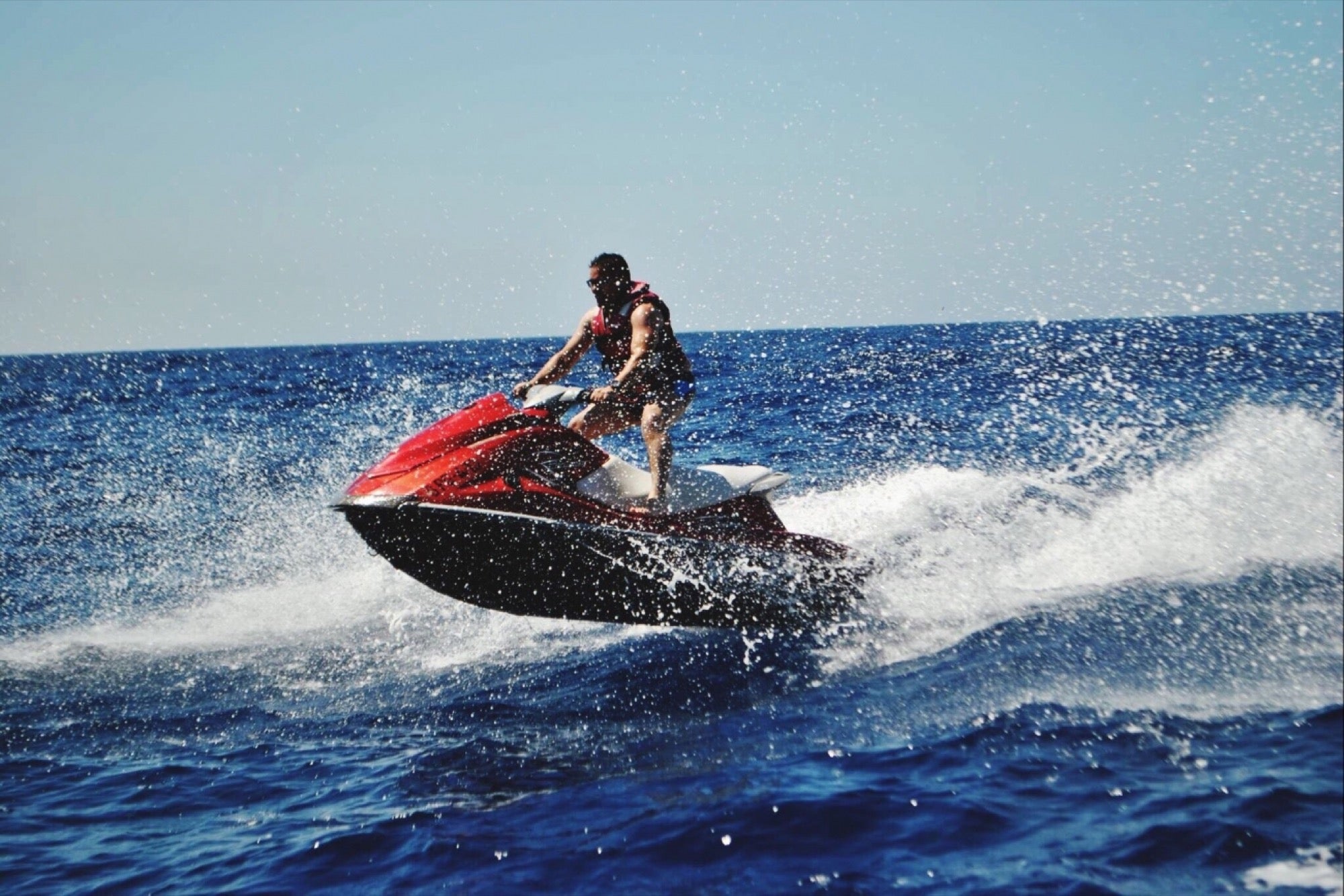

You must be logged in to post a comment Login